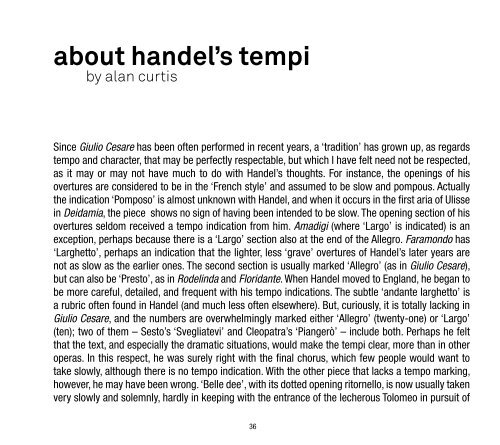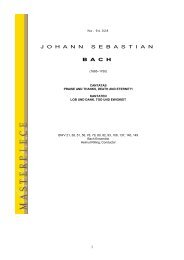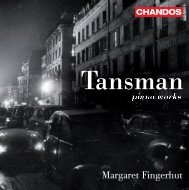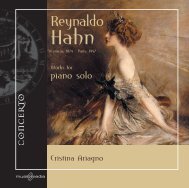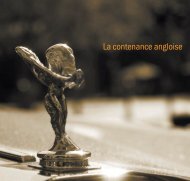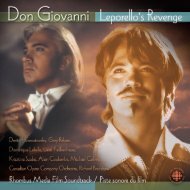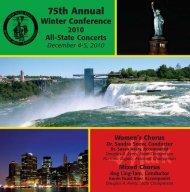giulio cesare - Naxos Music Library
giulio cesare - Naxos Music Library
giulio cesare - Naxos Music Library
Create successful ePaper yourself
Turn your PDF publications into a flip-book with our unique Google optimized e-Paper software.
about handel’s tempi<br />
by alan curtis<br />
Since Giulio Cesare has been often performed in recent years, a ‘tradition’ has grown up, as regards<br />
tempo and character, that may be perfectly respectable, but which I have felt need not be respected,<br />
as it may or may not have much to do with Handel’s thoughts. For instance, the openings of his<br />
overtures are considered to be in the ‘French style’ and assumed to be slow and pompous. Actually<br />
the indication ‘Pomposo’ is almost unknown with Handel, and when it occurs in the first aria of Ulisse<br />
in Deidamia, the piece shows no sign of having been intended to be slow. The opening section of his<br />
overtures seldom received a tempo indication from him. Amadigi (where ‘Largo’ is indicated) is an<br />
exception, perhaps because there is a ‘Largo’ section also at the end of the Allegro. Faramondo has<br />
‘Larghetto’, perhaps an indication that the lighter, less ‘grave’ overtures of Handel’s later years are<br />
not as slow as the earlier ones. The second section is usually marked ‘Allegro’ (as in Giulio Cesare),<br />
but can also be ‘Presto’, as in Rodelinda and Floridante. When Handel moved to England, he began to<br />
be more careful, detailed, and frequent with his tempo indications. The subtle ‘andante larghetto’ is<br />
a rubric often found in Handel (and much less often elsewhere). But, curiously, it is totally lacking in<br />
Giulio Cesare, and the numbers are overwhelmingly marked either ‘Allegro’ (twenty-one) or ‘Largo’<br />
(ten); two of them – Sesto’s ‘Svegliatevi’ and Cleopatra’s ‘Piangerò’ – include both. Perhaps he felt<br />
that the text, and especially the dramatic situations, would make the tempi clear, more than in other<br />
operas. In this respect, he was surely right with the final chorus, which few people would want to<br />
take slowly, although there is no tempo indication. With the other piece that lacks a tempo marking,<br />
however, he may have been wrong. ‘Belle dee’, with its dotted opening ritornello, is now usually taken<br />
very slowly and solemnly, hardly in keeping with the entrance of the lecherous Tolomeo in pursuit of<br />
36


